Miguel Gomez | Spectroscopy of a Young Type II Supernova
By Miguel Gomez (B.S. Physics and B.S. Computer Science, Class of 2016) I had the opportunity to work as an intern with Dr. Ryan Chornock in Physics & Astronomy during summer 2015. My research focused on spectral reduction on standard stars and supernovae in order to determine their evolutionary life cycle. One […]
Read more ›

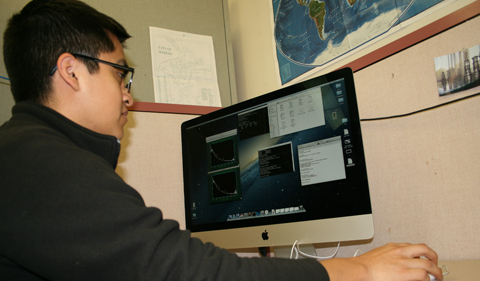
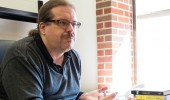
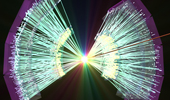
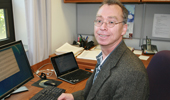
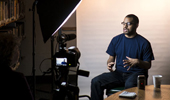













Comments